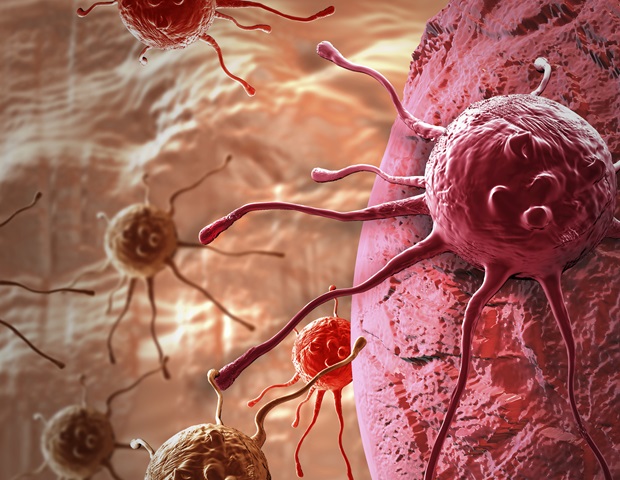Our genes contain all the instructions our body needs to function, but their expression must be finely regulated to guarantee that each cell performs its role optimally. This is where DNA and RNA epigenetics comes in: a series of mechanisms that act as “markers” on genes, to control their activity without modifying the DNA or RNA sequence itself.
Until now, DNA and RNA epigenetics were studied as independent systems. These two mechanisms seemed to function separately, each playing its own role in distinct stages of the gene regulation process.
Perhaps that was a mistake.
In a publication in the journal Cell, researchers led by François Fuks, the Laboratory of Cancer Epigenetics, ULB Faculty of Medicine, ULB-Cancer Research Center and Jules Bordet Institute, H.U.B. reveal that in fact, DNA and RNA epigenetics could be more interconnected than previously thought. The researchers have discovered that they form a complementary regulation system, in which DNA epigenetics organises the available genes and RNA epigenetics dynamically adjusts their use.
In concrete terms, the study demonstrates that when these two markers are added jointly to a gene, they enable a more effective activation of that gene. On the other hand, if one of these processes is not working correctly, the gene’s activity diminishes. François Fuks and his colleagues have shown that this mechanism is particularly important in key stages like cells’ development or their specialisation into different types, for example in embryonic stem cells.
This combination offers incredibly precise regulation of gene activity, essential to the development of organisms and the harmonious functioning of cells.
Published on 17 January in Cell, this fundamental breakthrough sheds light on a completely new mode of gene control, opening up unprecedented perspectives in biology. It helps us to gain a better understanding of how our cells work and how disruptions to these mechanisms can cause diseases like cancer.
This discovery could also lead to advances in cancer treatments. Making use of this complementary regulation system raises the prospect of developing therapies based on “epigenetic drugs” that target DNA and RNA at the same time. The scientists hope to be able to develop more precise and personalised treatments, capable of targeting these regulation mechanisms to restore balance to diseased cells in cancer patients.
Prof. Fuks’ team is already carrying out research connected directly to the work published in Cell. These ongoing studies aim to demonstrate the clinical usefulness of their discovery, by exploring the potential of epigenetic therapies acting on DNA and RNA.
Source:
Journal reference:
Quarto, G., et al. (2025). Fine-tuning of gene expression through the Mettl3-Mettl14-Dnmt1 axis controls ESC differentiation. Cell. doi.org/10.1016/j.cell.2024.12.009.
Source link : News-Medica

